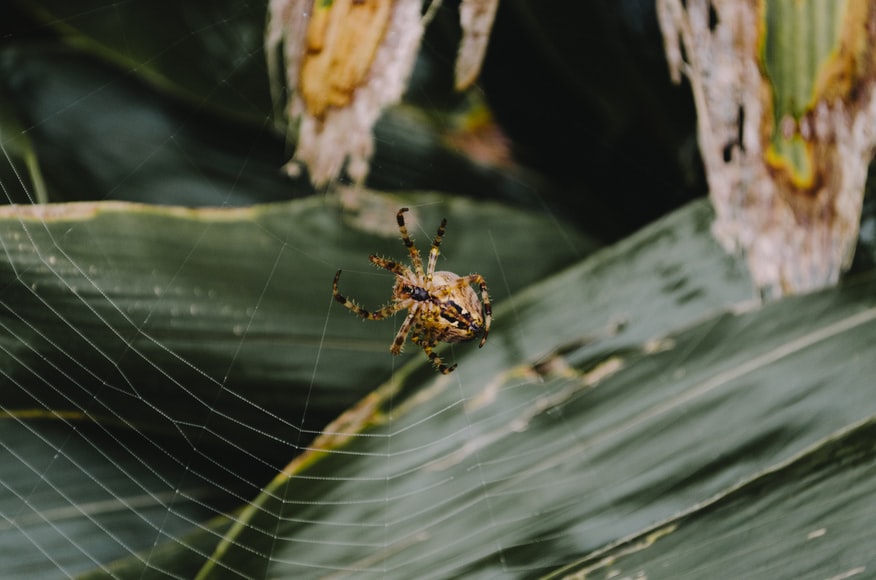Jamaica is blessed with a wide array of wildlife, and numerous animals are found in the country.
Some animals are localized to the island, while others can be found in other parts of the world. There is a massive display of bird species, and about thirty are only found on the island while the rest are found globally.
Jamaica is a relatively safe country to travel to, and you can enjoy the features that the government has to offer with ease and comfort. When traveling to the island, you should know which animals are safe and dangerous.
We will show you some of the dangerous animals in Jamaica below.
Table of Contents
Sea Urchins
The sea urchins are some of the waters loving animals found in Jamaica.
These animals are found in the waters of the Caribbean Sea, and you might be fooled to sea their unique color and texture, and you think that they are harmless.
However, recent data shows that many people have been stung by the sea urchins in Jamaica. The urchins usually live under the rocks and crevices on the coastal reefs.
The need-like spikes on the body of the sea urchins contain toxic chemicals that, when injected into your body, will experience organ failure.
Suppose you are a diving enthusiast and exhilarated by the animals you find under the sea.
In that case, it is always safe to check about their history to avoid any complications. The toxin on the sea urchin spokes causes allergic reactions, nausea, breathing difficulties, and in severe cases, death.
Further reading: Most dangerous animals in Hawaii
American crocodiles

This is the largest reptile found in the island nation of Jamaica. It is one of the most renowned ancient beasts with huge white teeth and a powerful tail. The local people tend to call it an alligator, a different animal.
Either way, when you visit Jamaica, know that there are crocodiles in the region, and the species are spread far and wide across the country hence the need to exercise caution during your travels.
Many of the crocodiles in Jamaica are found on the wetland and brackish habitats.
You do not have to look for them; stay safe while exploring the island. The species can grow up to 6 meters long and weigh up to 2000 pounds. If you are traveling to Jamaica, it is better to have a local guide to guide you on areas to avoid these crocodiles.
Human attacks are rare, but the crocodiles have a unique camouflage, and when you encounter them, they can injure or even kill you.
Tiger sharks
One of Jamaica’s most common shark species is the tiger shark species.
A large percentage of these nurse sharks are usually protecting their young ones. As much as they do not pose a significant risk, you must avoid infringing their habitats because they might see it as a threat and eventually attack you.
The tiger sharks can grow up to 5 meters in length, and they are heavy.
They have unique sensory nerves that can smell blood over 20 meters away.
The jaws of the sharks have undergone evolution to adapt to their environment.
The double set row of teeth is meant for ripping up living tissues.
However, there is good news for regular tourists who are not focused on deepwater diving and such sports because these sharks stay about 350 meters below the water, and this is an extensive range that you can ever find.
According to data from the health ministry, approximately 22 cases of shark attacks have been recorded since 1827; hence you should not be worried when you stay in your lane.
Scorpionfish
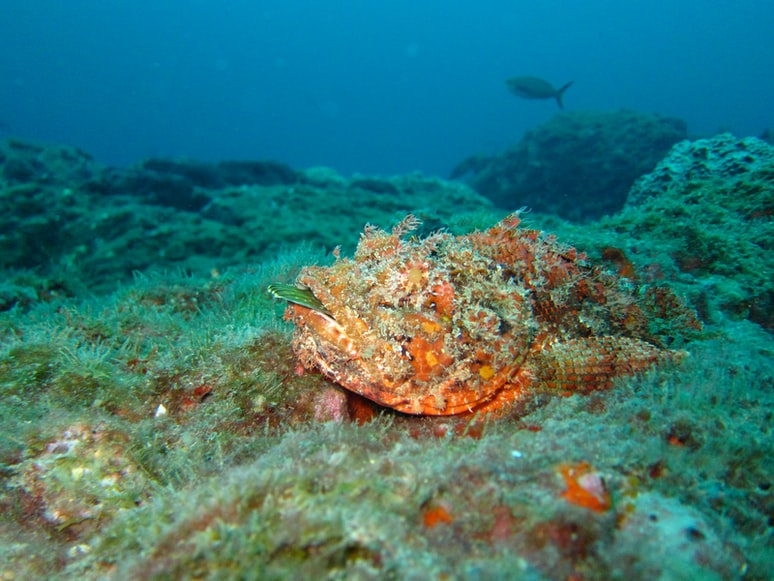
Many people have different names for this deadly fish.
Some people call it stonefish, while others will call it rockfish.
Depending on the name or the word used, it is critical to note that this fish species is a dangerous animal. It is characterized by dotted brown specks, a musky beige color that you can confuse for a rock when diving below the water. Since these animals are found underwater, they are very good at disguising themselves.
It is important to note that the species are usually of high-quality sensory nerves, and they will sting you any moment they feel threatened.
The scorpionfish are mostly found in the coral reefs of Jamaica
. Whether deep diving or snorkeling in the fantastic Ocho Rios waters, you should avoid their spiky fins that are usually venomous and could lead to death. Always take caution when driving and avoid touching anything unfamiliar.
Stingrays

The stingrays are one of the most iconic dangerous animals that you will find in Jamaica.
The fish species have venom in their spikes, and they are pretty cartilaginous fish.
As much as they seem very docile, these fish species are usually dangerous when they feel that their habitat is being attacked or under threat.
The barbed tail is where the stingray will attack you from because they are sharp and well adapted to tear through flesh.
It is known to inject venom to the victim, which causes convulsions, difficulties in breathing, and cell death.
It is better to swim in an unknown area and ask experts around the area for a safe swimming place if you want to explore and see them without making them feel unsafe.
Brown recluse
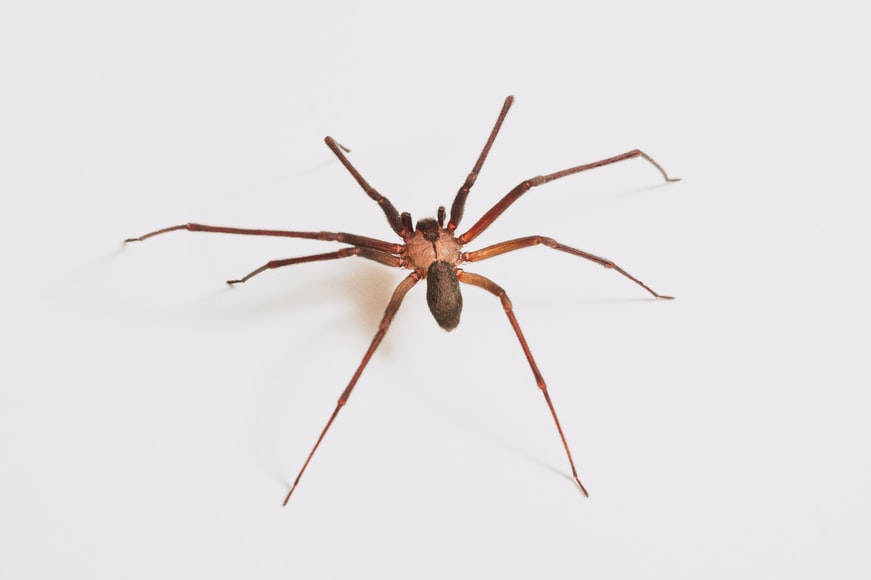
It is imperative to understand that Jamaica is a dynamic nation full of different animals species.
For example, there are over a thousand species of spiders in Jamaica.
Many of these species are usually harmless to humans. However, some species can be pretty dangerous when provoked.
According to recent data, the brown recluse is a very dangerous spider characterized by a brown color and protruding pincers on the front part of the head.
The spiders can attack you by injecting hemotoxin, and this is virtually dangerous because it causes cell death, and you can die from the venom.
Although the venom can cause lesions, local swelling, or huge pimples in small doses, it can always lead to sepsis and cell death.
Therefore, you must avoid this spider species while traveling to Jamaica because they are very dangerous. If you think that this kind of spider has attacked you, you must seek immediate medical attention.
Forty leg
The forty legs is a local name given to one of the most dangerous crawlers found on the island. All the islanders know how dangerous it can be to encounter this animal.
The multilimbed crawler is very dangerous and, with a small venom that is very toxic, can cause death.
They are usually found in crevices and corners, and you avoid them as much as you can because they can be pretty dangerous.
Many people who have been attacked experiencing muscle spasms, swelling, and cellular death.
You must avoid them as much as possible, and if you are attacked, you should seek medical advice immediately.
Jellyfish
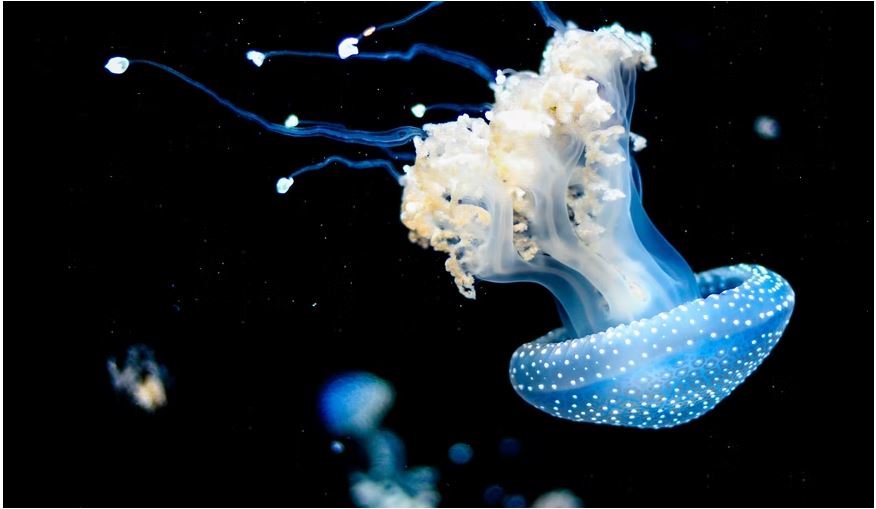
While many people are worried about crocodiles and sharks when swimming, one animal species that can be dangerous yet overlooked is the jellyfish.
A sting from the jellyfish will cut your expedition short because it can be pretty lethal.
It would help if you explored the regions that jellyfish often inhabit because they can cause harm to your body.
In comparison, many people who have experienced a jellyfish attack have not been life-threatening.
However, you must always heed and stay in safe areas to avoid any complications.
Lionfish
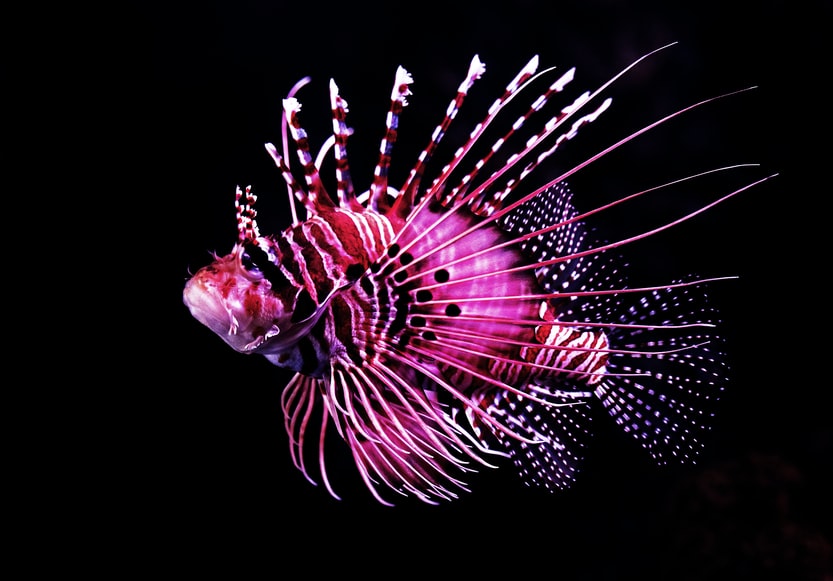
The lionfish are some fishes that people have fun taking pictures of and swimming alongside them.
However, this fish species can be pretty dangerous because they have spines and fronds attacking the victim. In addition, the dorsal fin of this fish can inject venom to unsuspecting swimmers.
The poison injected into the body can cause respiratory issues, vomiting, nausea, fever, headaches, muscle spasms, and death if the venom is too much.
The lionfish are invasive species, and they breed very quickly.
Hence the need to avoid them as much as you can when swimming around the Jamaican coast.
Wild Boar
The squealing and super hairy individuals may be intimidating to some people.
They are characterized by brown hair, long curved tusks, and powerful feet; these animals can be dangerous when provoked. In addition, they are usually dirty because they go looking for tubers and roots hence turning over dirt and mud.
In most places, the wild boars are less dangerous. However, when they feel that they are being attacked, they may retaliate and cause injuries with their sharp tusks.
You are likely to see a wild boar during your trip to Jamaica, and you can see it leave the scene without any problem. However, you should not assume or take this to be timid or docile. They will attack you when you corner them.
Snakes
There are multiple snake species in Jamaica, but these are less venomous and are likely to cause any harm. However, you should stay away from the snakes by any chance because they can cause adverse effects if the venom injected is of a higher dosage.
The snake species usually leave their teeth on the victim, and if you find a row of teeth on an area that you have been bitten, it means that the snake is non-venomous.
However, if you find a couple of spots, it is a venomous snake that has injected venom through its two front fangs.
Summary
In conclusion, Jamaica is one of the best tourist destinations you should visit on your next vacation. When you are going for any vacation, your safety should come first, and you should always be aware of your environment.
For example, you might meet some monkeys in the zoo. However, there are no monkeys on the island.
Depending on the location you are visiting, you should always be careful and have a guide.

